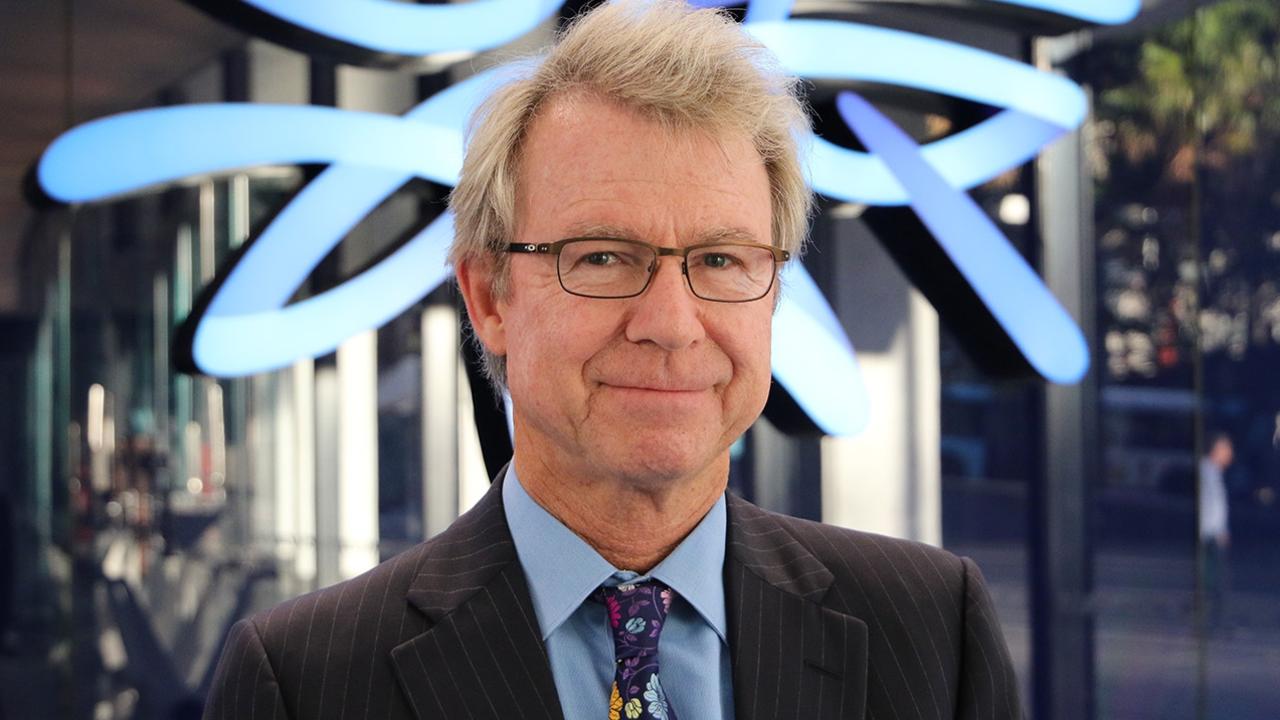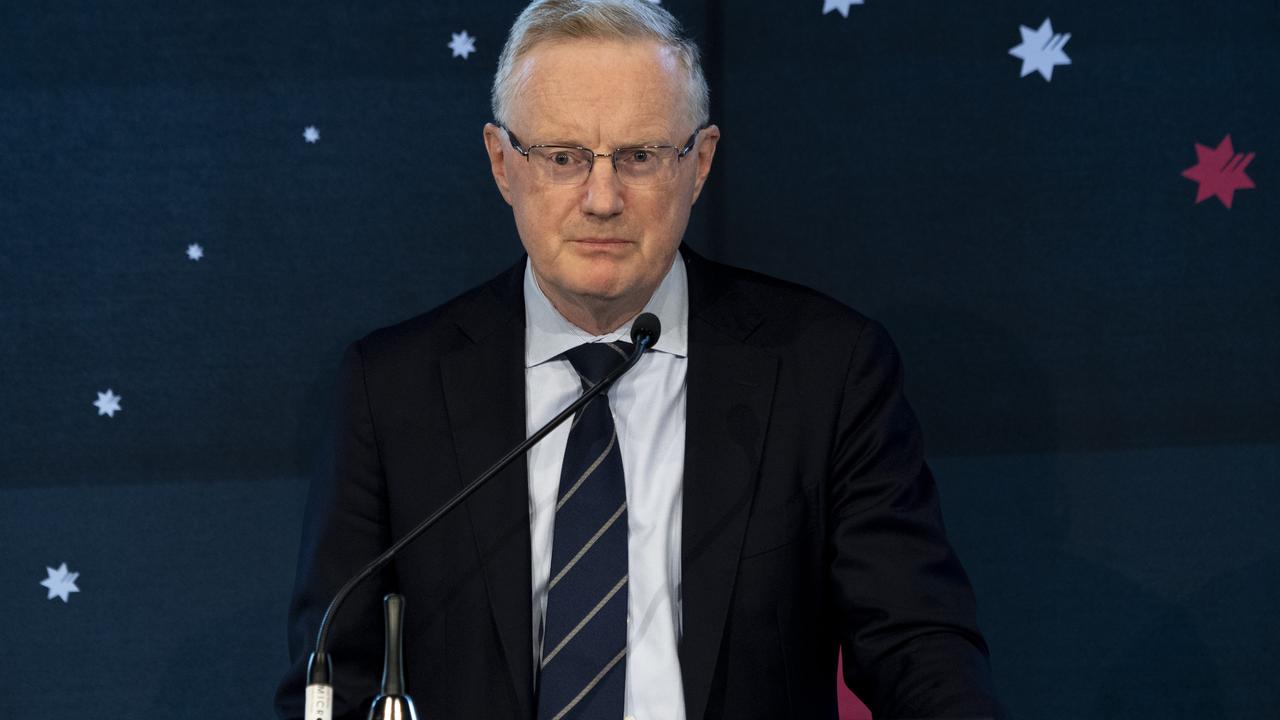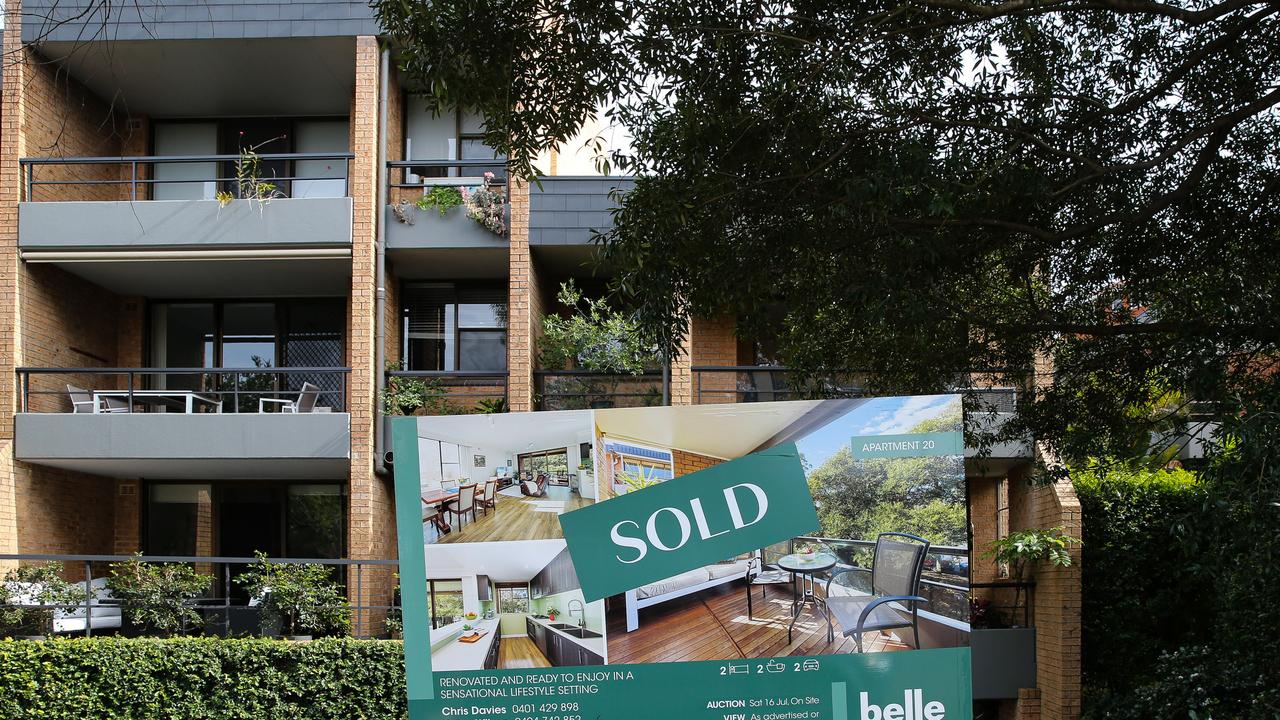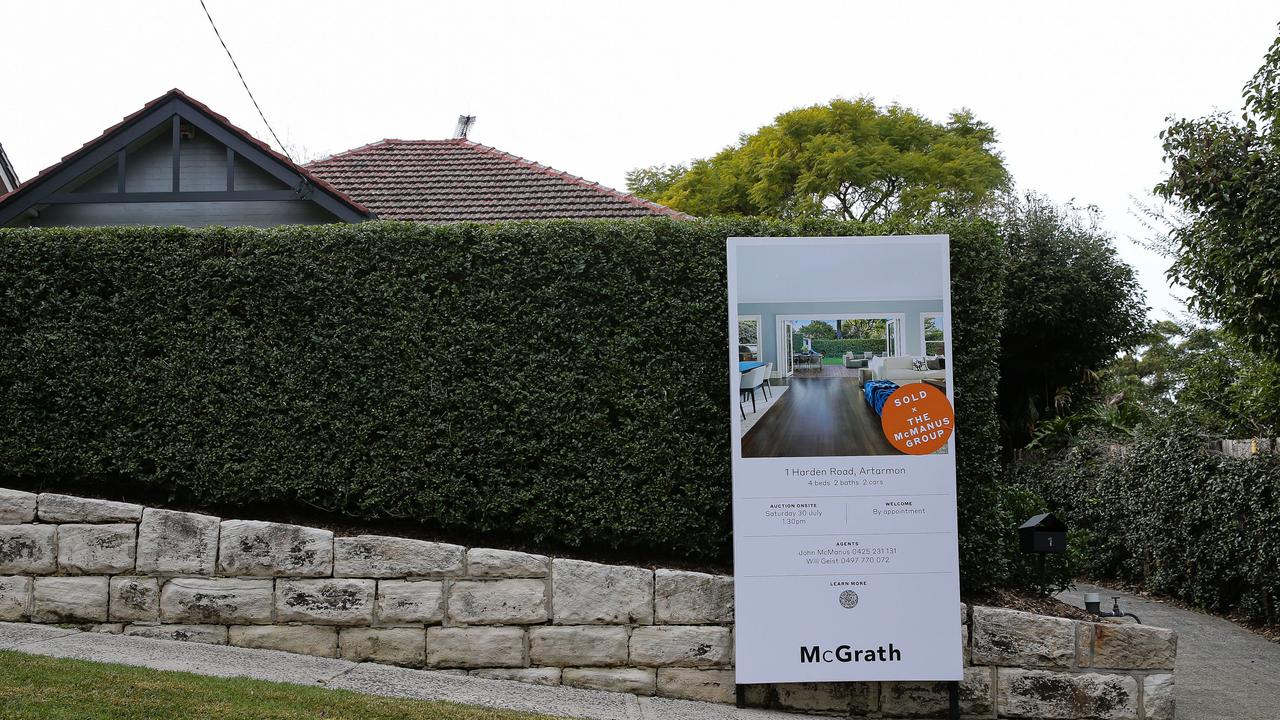RBA hikes cash rate by 0.25 per cent - and banks pass on rise in full
All four big banks have taken action after the RBA hiked interest rates for the sixth month in a row on Tuesday.
All of Australia’s big 4 banks were swift to announce their response to Tuesday’s rate rise overnight.
NAB, Westpac, Commonwealth and ANZ all passed the RBA’s latest 0.25 per cent hike on to customers, who will be slugged with hundreds of dollars extra in mortgage repayments as a result.
This is the sixth rate rise since May and takes interest rates from a record low of 0.1 per cent to 2.6 per cent.
NAB was the first major bank to pass on the rate rise in full.
It said its standard variable home loan interest rate will increase by 0.25 per cent from 14 October.
NAB Group Executive for Personal Banking, Rachel Slade, said NAB was focused on supporting customers.
“Our home loan specialists can help with a financial health check to make sure you’re on the best rate for your situation and our NAB Assist team is on standby for those who need additional help,” she said.
“The best first step is a conversation with us so we can find the best way to look after you – the earlier the better.”
Westpac also announced it was passing on the full rate rise from October 18 .
“We know that many of our customers are looking at their finances to help manage changes to their household budgets,” said Chris de Bruin, Westpac Chief Executive Consumer & Business Banking.
“The majority of our borrowers remain in good shape with more than two thirds ahead of mortgage repayments, and no material change in customers seeking financial support at this time.
“We’re continuing to monitor the situation and bolster our customer support teams so we can help customers navigate the evolving rate cycle.”
ANZ followed suit on Tuesday evening, saying it would increase its variable interest rate on home loans by 0.25 per cent from October 14.
ANZ Group executive Australia retail, Maile Carnegie, said: “We know our customers have been impacted differently by the cost of living and rate changes in recent months.
“Our experienced teams, as well as tools like our home loan repayment calculator and free home loan check-in, are available to customers to help them better understand these changes.
“Customers who may be facing difficulties are strongly encouraged to reach out to us as soon as they can so we can discuss personalised options to support them through this time.”
Commonwealth announced on Tuesday evening that would pass on the 0.25 per cent rate rise to all home loan borrowers from October 14.
However in some good news, people with NetBank Saver, GoalSaver and Youthsaver accounts will get a higher interest rates on their savings accounts.
“We are committed to helping our customers navigate the current environment, including through further increases to the interest rates across a number of our deposit products such as increasing our 18 month Term Deposit special to 3.70 per cent p.a.,” Angus Sullivan, group executive of retail banking, said.
How can inflation cause rising interest rates? Read Compare Money's guide >

For a typical homeowner with a mortgage of $500,000, the October increase means homeowners need to fork out an extra $78 a month to cover repayments, according to Canstar.
It also means homeowners repayments have skyrocketed by an extra $729 overall since rate rises began in May.
A mortgage of $750,000, will see homeowners paying an extra $117 a month and $1095 more compared to six months ago.
Aussies with a $1 million mortgage will see loan repayments increase by a whopping $156 a month and an extra $1460 since May, according to Canstar analysis.
For those with a mortgage worth $2 million, repayments will shoot up $311 a month in October alone and will have increased by $2920 since May when rates began to rise.
Three of the big four banks were expecting interest rates to be lifted by 0.5 per cent, while CommBank predicted a smaller increase of 0.25 per cent.
Dr Brendan Rynne, KPMG Chief Economist, said the rate rise pushed through was lower than expected and the RBA has acknowledged that the recent increases in interest rates are yet to have their full effects felt in the economy.
“It seems that the Board is worried that the lag effects of the previous interest rates increases are about to kick in, and, given the growing fears of a global recession and increased anxiety about how the Russia / Ukraine conflict might play out, it wants to ensure that the pathway to continued economic prosperity and lower inflation is kept open,” he noted.
“Monetary policy has been described as like pulling a brick by a rubber band – for a long time nothing happens, but then the effect can be dramatic.
“The Board may also be cautious about the higher household levels of debt to income now, compared to the last time it raised rates so quickly, back in the mid-1990s. This adds to uncertainty on how potent the current rises could still prove.”
He added there is still an opening for more rate rises in the future, the “soft” approach on Tuesday was “in contrast to the big bang approach being adopted by the US Federal Reserve” where wages are growing considerably compared to Australia.

AMP chief economist Shane Oliver said there was no doubt interest rates would increase due to high inflation, which is over 6 per cent, as well as comments from RBA indicating that rate rises were necessary.
“After five rate hikes in a row the RBA should be slowing the pace of rate hikes to be able to assess the impact of rate hikes to date and allow for monetary policy lags,” he said.
“As such we expect a 0.25 per cent hike. But the risk is high that it will go with another 0.5 per cent hike given the excessive focus on backward-looking inflation and jobs data and the hawkishness evident in other major global central banks.
“A 0.4 per cent hike would be a nice compromise.”

RBA Governor Philip Lowe acknowledged last month that interest rate rises were unwelcome but necessary.
“I know that higher interest rates are unwelcome for many people, especially those who have borrowed large sums over recent times,” he told a parliamentary committee.
“Higher interest rates are putting pressure on households, just at the time that higher petrol prices and grocery bills are squeezing budgets. So it is a difficult and a concerning time for some people.
“The alternative, though, of allowing higher inflation to become entrenched would be even more difficult and it would damage our economic prospects.”
Some economists and experts have tipped interest rates to go above 3 per cent by next year.

Already, the RBA’s aggressive monetary tightening has left the highest number of Aussie mortgage holders classified as at risk of mortgage stress for over three years since May 2019.
If the rate is hiked in October and November as predicted, that number will rise again to one in four mortgage holders under financial stress, the equivalent of 1.1 million people, Roy Morgan research found.
This would be the most mortgage holders classified as at risk since July 2013, just over nine years ago.
House prices have also been hammered, with prices falling and an overall 20 per cent drop predicted.
In Sydney, prices are down 9.1 per cent from their highs recorded in February, while prices in Adelaide and Perth have only fallen by 0.6 per cent and 0.7 per cent respectively.

There are fears house prices could plummet by as much as 43.5 per cent in 2025 in the “worst case scenario” if the Reserve Bank of Australia continues to push through super-sized rate hikes to tackle the worst inflation in three decades, analysis found.
This could mean Sydney’s median house price would fall from its 2022 peak of $1.41 million to just $796,650 – a $613,350 drop in just three years.
Skyrocketing interest rates have also hit borrowers hard with dramatic decline in new mortgages for housing, which fell 8.5 per cent in July and is off 11.3 per cent from the same time a year earlier.

Eleanor Creagh, PropTrack Senior Economist, said the fastest rise to interest rates since 1994 has seen home prices falling across the country, with prices nationally now sitting 3.35 per cent below their March peak.
“As borrowing capacities are constrained and buyer’s budgets shrink, the most expensive markets of Sydney and Melbourne have led the price declines,” she added.
“Today’s rate hike will further increase borrowing costs and reduce maximum borrowing capacities, pushing property prices further down. In the period ahead, the level of interest rates will be a key determinant of housing market conditions and the pace and depth of home price falls.”






